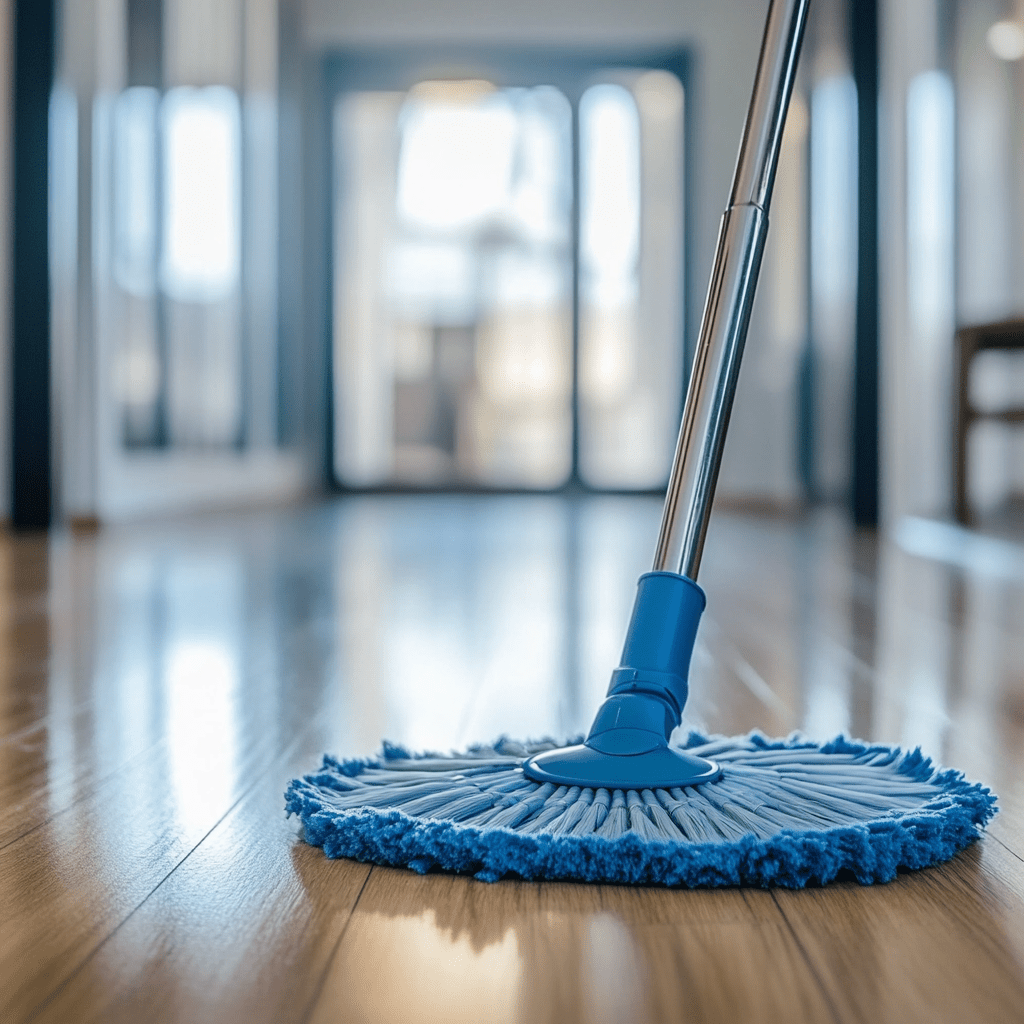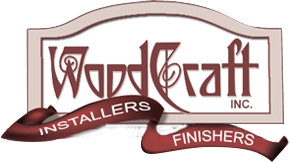Instructions for Cleaning and Maintenance
Proper care is paramount in preserving the elegance and longevity of your hardwood flooring investment. By following these recommendations, you can ensure that your wood floors retain their beauty and resilience for years to come. Explore our comprehensive instructions to learn the best practices for cleaning, maintenance, emergency care, and refinishing, and discover how attention to detail can make a significant difference in the lifespan of your wood floors.
Take the first step towards ensuring the lasting beauty of your wood floors by incorporating these expert recommendations into your maintenance routine.

Wood Flooring Care Tips
Proper care and maintenance are essential for keeping your wood floors looking their best. Here are some valuable tips to help you preserve the beauty and durability of your hardwood flooring.
By following these simple tips and incorporating them into your regular cleaning routine, you can enjoy beautiful, well-maintained wood floors for years to come.
Regular Cleaning
- Use a soft-bristled broom or a vacuum with a floor brush attachment to remove dust and debris regularly.
- Damp mop your wood floors with a microfiber or cloth mop and a hardwood floor cleaner recommended by the manufacturer. Avoid using excessive water, as it can damage the wood.
Preventative Measures:
- Place doormats at entryways to trap dirt and prevent it from being tracked onto your wood floors.
- Use felt pads under furniture legs to protect the floor from scratches and dents caused by moving furniture.
Moisture Control:
- Maintain indoor humidity levels between 30-50% to prevent wood floors from expanding or contracting excessively.
- Wipe up spills promptly to avoid water damage and never use a wet mop on wood floors.
Routine Maintenance:
- Inspect your wood floors regularly for signs of wear, such as scratches, dents, or worn finish.
- Consider refinishing your wood floors when the finish is showing significant wear or if the wood is becoming discolored.
Refinishing Guidelines
Refinishing is a crucial aspect of maintaining the beauty and longevity of your wood floors. Here are some guidelines to help you determine when it’s time to refinish and how to go about the refinishing process.
By staying vigilant for signs of wear and following these refinishing guidelines, you can keep your wood floors looking stunning and well-protected for years to come.
Signs for Refinishing:
Deep Scratches: If your wood floors have deep scratches that penetrate the finish and expose the bare wood, it may be time to refinish.
Worn Finish: A worn or thin finish on your wood floors can leave them vulnerable to damage and discoloration, indicating the need for refinishing.
Dull Appearance: If your floors look dull or lackluster, even after cleaning, this could be a sign that the finish has worn down and a refinishing is necessary.
Professional Refinishing:
For best results, consider hiring a professional wood flooring contractor to refinish your floors. They have the expertise and tools to sand down the old finish, repair any damage, and apply a new finish that will restore your floors’ original beauty.
Professional refinishing ensures a uniform finish and extends the lifespan of your wood floors.
Maintenance Schedule:
Establish a regular maintenance schedule for inspecting your wood floors. Depending on the level of foot traffic and wear, consider refinishing every 10-15 years for optimal upkeep.
Consult with a wood flooring expert to assess the condition of your floors and determine the appropriate refinishing schedule tailored to your specific needs.
Emergency Care
Handling unexpected spills, scratches, or water damage promptly is crucial to preserving the integrity of your wood floors. Here are some essential tips for emergency care to address common issues and prevent long-term damage.
By being proactive and addressing emergency care situations promptly and effectively, you can protect your wood floors from irreversible damage and maintain their beauty and functionality for years to come.
Spills:
- Immediately blot up spills with a clean, dry cloth to prevent the liquid from seeping into the wood and causing staining or warping.
- Avoid wiping the spill, as it can spread the liquid further. Instead, gently blot the affected area until the spill is absorbed.
Water Damage:
- Act quickly if your wood floors are exposed to water, either from spills, leaks, or flooding. Use towels or a wet vacuum to remove excess water immediately.
- Increase ventilation in the affected area to aid in drying and prevent moisture from penetrating deeply into the wood.
- Set up a fan (if possible) to get air movement across the water damaged area.
Professional Assessment:
- If you encounter significant damage or are unsure how to address a particular issue, consult a professional wood flooring expert for guidance.
- Prompt professional assessment and repair can help mitigate damage and prevent costly repairs down the line.
Ready to transform your space with beautiful wood flooring?
Contact us today for a free estimate. We believe in transparent pricing and providing you with the information you need to make an informed decision about your wood flooring project.
